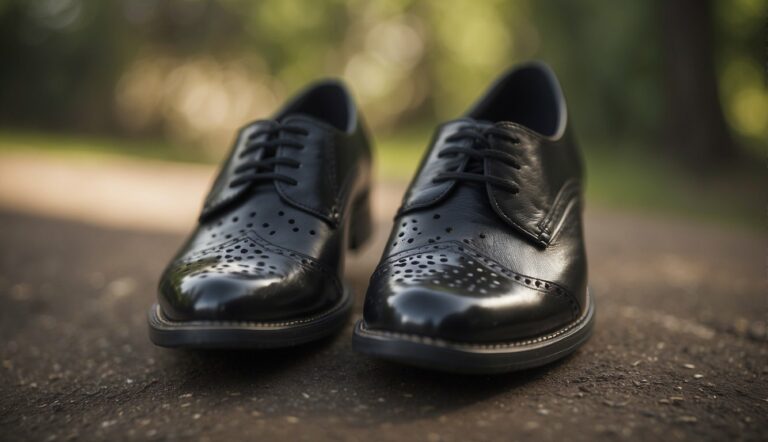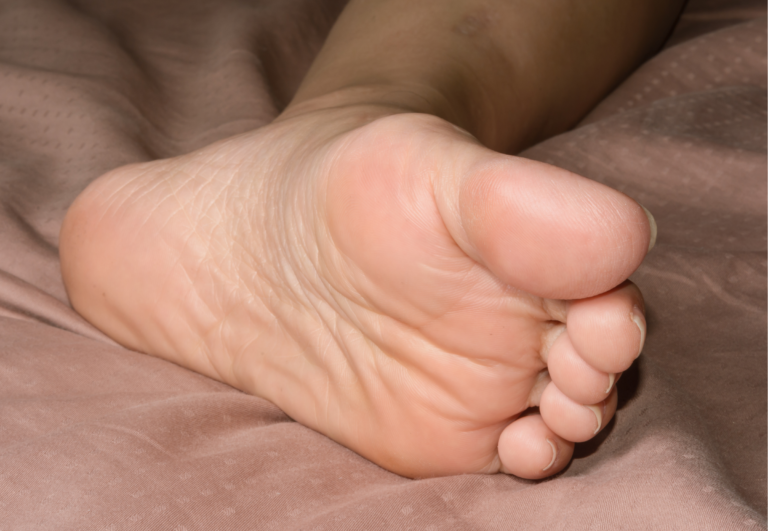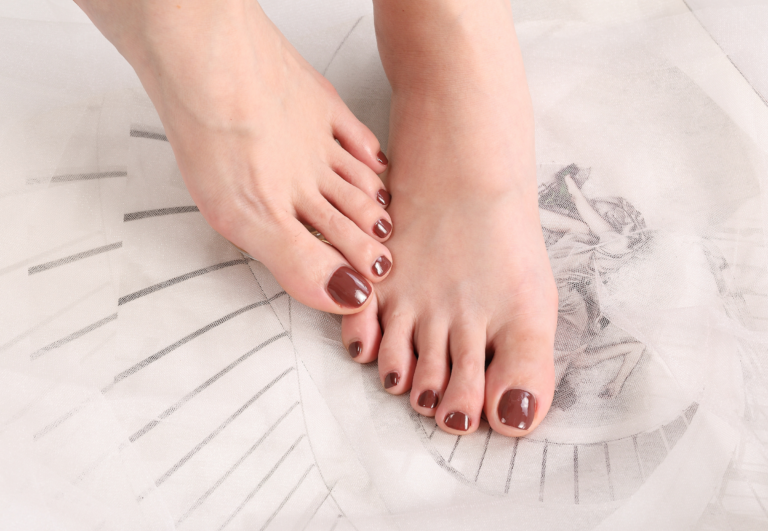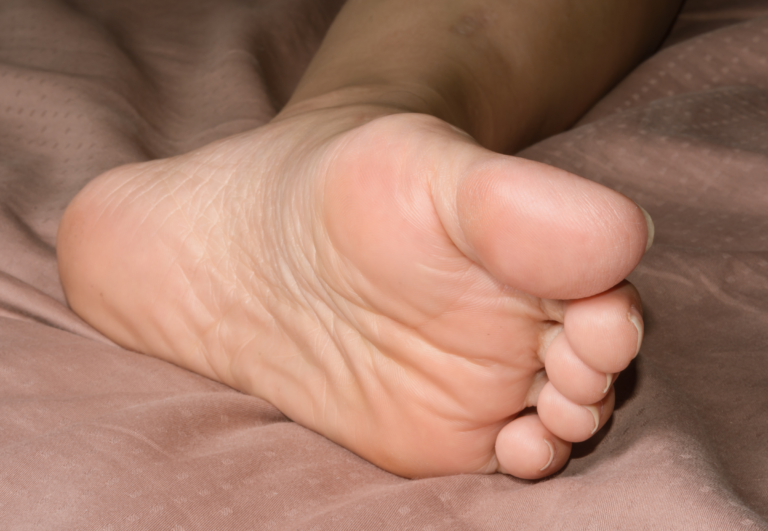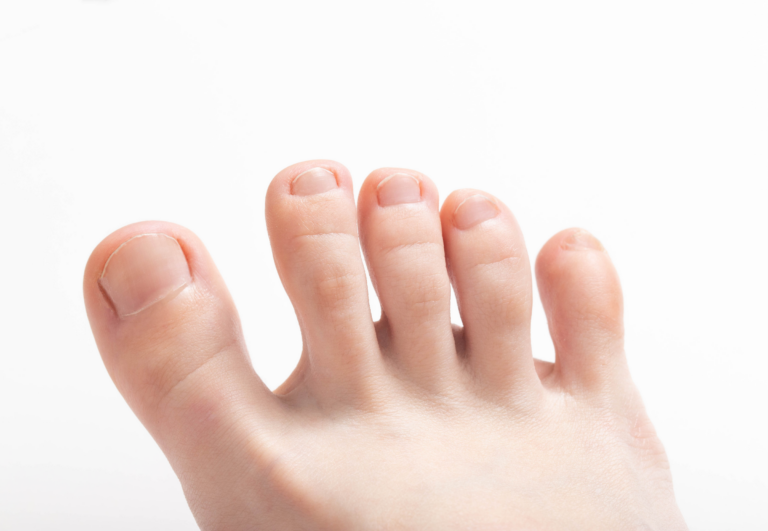Toe Spacers During Exercise: Maximizing Alignment and Performance
Toe spacers, also known as toe spreaders, have gained popularity among fitness enthusiasts and athletes for their potential benefits in promoting foot health. As someone who regularly incorporates toe spacers into my exercise regimen, I’ve observed how they can assist in aligning the toes into a more natural position, thereby enhancing overall foot mechanics. Their use during exercise is based on the premise that spreading the toes can improve balance, stability, and perhaps even help prevent common foot ailments.
Integrating toe spacers into a workout routine is fairly straightforward. When I wear them during my warm-ups and cool-downs, I’ve noticed an improvement in my toe flexibility and a reduction in the discomfort often associated with tight footwear or prolonged periods of standing. While the full extent of their benefits is still being explored, the anecdotal evidence suggests that toe spacers could be a simple yet effective tool for individuals looking to support their foot health through exercise.
Using Toe Spacers During Exercise
Utilizing toe spacers during exercise helps enhance foot mechanics by spreading the toes, which can lead to improvements in balance, stability, and overall performance.
Yoga and Stretching
Insert toe spacers before beginning your yoga or stretching routine to help align your toes and improve balance. Poses that emphasize balance and foot strength, like the Tree Pose or Warrior III, can be enhanced with the use of toe spacers.
Strength Training
During lower body exercises such as squats or lunges, toe spacers can promote better weight distribution and alignment. Wear them to ensure your toes are not cramped, allowing for a more stable base.
Walking or Light Jogging
For low-impact activities like walking or light jogging, toe spacers can be worn if your shoes have enough room. They can help maintain toe alignment and prevent blisters or hot spots caused by toe friction.
Cool-Down Exercises
Post-exercise, use toe spacers during cool-down stretches or while practicing toe-specific exercises to relax the feet. Exercises like toe curls or marble pickups can be more effective with spacers.
Recovery and Relaxation
After a workout, use toe spacers when you’re cooling down or relaxing to aid in recovery. This can help reduce tightness in the toes and feet, potentially leading to improved recovery times.
Remember to always listen to your body and start with short durations when introducing toe spacers to your exercise regimen. If any pain or discomfort occurs, discontinue use and consult with a professional.

How Toe Spacers Could Improve Exercise Performance
Toe spacers, like yoga toes, allow for the toes to maintain a natural spread, which is essential for proper weight distribution and balance.
This separation of the toes can improve my proprioceptive feedback during activities such as running and yoga, where minute adjustments in foot position are critical for optimal performance. Athletes may find that toe spacers increase their agility and reaction times by allowing their feet to perform more naturally and efficiently.
Performance benefits of toe spacers:
- Mobility: Increased toe separation enhances my foot’s ability to adapt to various surfaces.
- Balance: A more natural toe alignment contributes to better weight distribution.
- Stability: Helps distribute my body weight evenly, which can improve my stance and gait.
Importance in Injury Prevention
Wearing toe spacers regularly during exercise routines can play a significant part in preventing injuries by correcting toe alignment and thus reducing undue stress on joints and muscles.
For me, this can translate to fewer injuries related to overuse or improper foot mechanics. Improved balance and stability from the use of toe spacers also means a lower chance of falls and sprains during dynamic activities.
Injury prevention advantages:
- Alignment: Corrects toe misalignment that can cause compensatory injuries.
- Muscle Strength: Promotes stronger, more flexible toe muscles, which support the arch and enhance overall foot health.
Choosing the Right Toe Spacers
When selecting toe spacers for exercise, it’s important to consider the material they are made from and how well they fit. This will ensure comfort and effectiveness during your workouts.
Material Considerations
I find that toe spacers come in a variety of materials like silicone, gel, foam, and rubber. Silicone is the most popular due to its durability and ease of cleaning. Gel spacers conform nicely to the contours of the feet, providing a custom fit.
Foam varieties offer a softer option, but they tend to wear out faster. Rubber spacers are less common and can vary in comfort. Make sure to choose a material that suits your needs and lifestyle. Silicone and gel types are more robust for those with active lifestyles, while foam may suffice for lighter use.
- Silicone: Durable, easy to clean, long-lasting
- Gel: Conforming, comfortable, might require more maintenance
- Foam: Soft, affordable, not as durable
- Rubber: Less common, varies in comfort and durability
Fit and Sizing
Getting the right size for your toe spacers is crucial for maximizing benefits like balance and strength during exercises. Look for products that offer a wide toe box to accommodate natural toe spread. Toe spacers should fit snugly but not be so tight that they cause discomfort. It’s important for the toe spacers to align with the width and length of each toe. Ill-fitting toe spacers can lead to more harm than good.
- Measure your toes: Ensure the spacers fit the length and width of your toes.
- Consider shoe fit: Use them with shoes that have a wide toe box to avoid compressing your toes.
- Check for slippage: A good fit will stay in place during most activities without slipping.
Practical Guidelines for Using Toe Spacers
Incorporating toe spacers during exercise can aid in aligning the toes and might assist in recovery. It’s important to follow a tailored wearing schedule and understand the maintenance required to ensure optimal benefits.
Wearing Schedule
I’ve found that starting with shorter periods of wearing toe spacers during low-load activities or while barefoot can acclimate your toes to them.
Gradually increase the duration as comfort allows. For example, you might begin wearing them for 15 minutes during yoga or stretching exercises and then increase the time by 5-10 minutes each session. Night splints could be an alternative for nighttime use, but they serve a slightly different purpose.
| Activity | Initial Duration | Incremental Increase |
|---|---|---|
| Stretching/Yoga | 15 minutes | 5-10 minutes |
| Walking (Barefoot) | 30 minutes | 10-15 minutes |
| Recovery Periods | 20 minutes | 5-10 minutes |
Maintenance and Care
To ensure toe spacers last and perform well, regular maintenance is essential. I clean mine with mild soap and warm water after each use, letting them air dry completely. It’s best to avoid using harsh chemicals as they may degrade the silicone material. If you’re using them with barefoot shoes, ensure the spacers fit comfortably inside without causing excessive pressure or constriction.
| Item | Cleaning Frequency | Cleaning Method | Drying Method |
|---|---|---|---|
| Toe Spacers | After each use | Mild soap and water | Air dry |
| Barefoot Shoes | Weekly | Brush and spot clean | Open-air, away from sun |
By following these practical guidelines, you can optimize your use of toe spacers for exercise and recovery, maintaining foot health and toe alignment.
Common Concerns and Solutions
In my experience with toe spacers, the main issues often involve discomfort and knowing when it might be serious enough to seek a professional’s advice. Here is how to address these concerns effectively.
Dealing with Discomfort
Discomfort is a common issue when first using toe spacers, especially during exercise. To alleviate pain and pressure, start by using the spacers for short periods and gradually increase the time as your feet adjust.
Ensure the toe spacers fit properly; they should not cause excessive pressure or pain. If discomfort persists, consider using toe spacers made from softer materials and ensure that your footwear accommodates them adequately.
When to Consult a Professional
If you’re experiencing persistent foot pain, it’s important to know when to seek help. Consult a podiatrist if you notice signs of hallux valgus (bunion) or plantar fasciitis, as toe spacers may serve as a complementary approach to a professional treatment plan.
Additionally, if blisters or other signs of distress occur, a healthcare provider can offer personalized advice and medical interventions if necessary. Remember, while toe spacers can be helpful, they are not a substitute for professional medical evaluation and treatment.
Types and Benefits of Toe Spacers
Toe spacers can play a significant role in maintaining foot health during exercise, particularly for those suffering from conditions like bunions and hammertoes. They are designed to realign and restore the natural positioning of toes.
Types of Toe Spacers
Toe spacers, which are also known as toe separators, come in many different materials, each with unique benefits:
- Silicone Toe Spacers: Durable and comfortable, conforming well to the foot shape.
- Rubber Toe Spacers: Tend to be firmer, providing strong support.
- Gel Toe Spacers: Soft and cushioning, often used for mild realignment.
Benefits of Using Toe Spacers
My experience with toe spacers has shown that they offer a variety of benefits:
- Alignment: They encourage correct toe alignment, which can enhance balance and stability during exercise.
- Pain Relief: Particularly helpful for conditions such as bunions and hammertoes, they can alleviate discomfort.
- Strength: By allowing toes to spread naturally, they can improve overall foot strength.
Correct Identification of Foot Problems
Understanding your specific foot condition is vital for choosing the right toe spacers. While they can aid in relief from foot pain, for conditions like a bunion, an abnormal bony bump that forms on the joint at the base of your big toe, or a hammertoe, which is a deformity that causes a toe to bend or curl downward instead of pointing forward, selecting the correct type and fit of the spacer is crucial for effectiveness.
